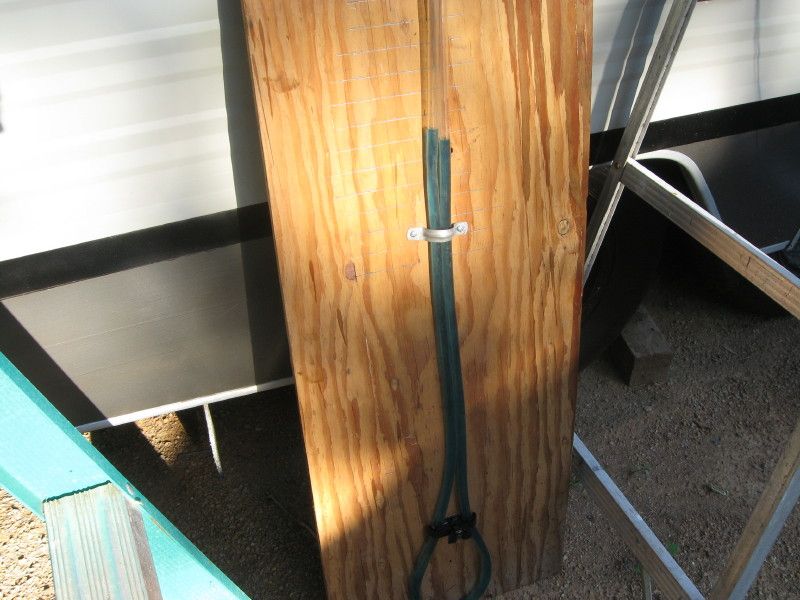rbpru
Feb 04, 2014Explorer II
How do you look for leaks?
Okay here is where the rubber meets the road.
I have been reading the comments on the merits of fiberglass or stick and tin with supporter and detractor on both sides; all agree water is bad.
Now as a new TT owner, how do I detect these water leaks before they spot the ceiling or drip down the walls? :(
If this snow ever goes away and I get a chance to examine the trailer what do I look for and where?
The dealer said I should crawl up on the roof and check out the various seals etc. this sounds good but is it really a good idea to put my 200 lb. frame on the trailer roof?
So again my question is what should I be looking for and where?
I have been reading the comments on the merits of fiberglass or stick and tin with supporter and detractor on both sides; all agree water is bad.
Now as a new TT owner, how do I detect these water leaks before they spot the ceiling or drip down the walls? :(
If this snow ever goes away and I get a chance to examine the trailer what do I look for and where?
The dealer said I should crawl up on the roof and check out the various seals etc. this sounds good but is it really a good idea to put my 200 lb. frame on the trailer roof?
So again my question is what should I be looking for and where?



